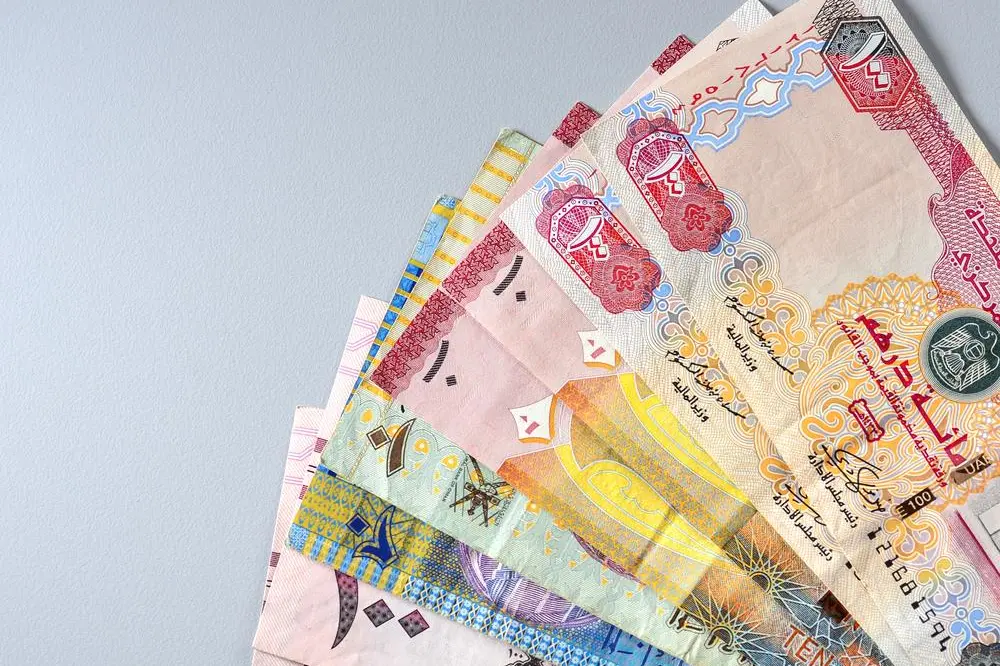PHOTO
Fixed income issuances in the GCC as of mid-December-2021 stood at $145.5 billion as compared to $150.4 billion in issuances last year, said Kamco, a Kuwait-based financial powerhouse.
The decline was mainly led by better fiscal position of the regional governments backed by elevated oil prices, according to Kamco’s latest GCC Fixed Income Market Update.
On the other hand, corporates were encouraged by the recovering economy and investment opportunities that led to higher issuances this year, partly offsetting the decline in government issuances. In addition, record low interest rates globally was also one of the key reasons for the increase in corporate issuances.
Bonds and sukuk maturities stood at $55.1 billion in 2021 and the refinancing of these accounted for the bulk of the issuances by corporates and governments in the region. On the other hand, expected fiscal deficits for 2021 by most of governments in the region was also one of the key factors of elevated sovereign issuances during the year.
The year 2021 was a turnaround year for world financial markets, and specifically for the GCC region due to the additional impact and influence of oil prices.
The Covid-19 induced financing requirements saw debt levels reaching record levels globally and in the GCC last year with record high issuances from almost all countries in the region in 2020. The recovery in financial and commodity markets in 2021 came as an encouraging sign for exporters, although logistical and supply issues continue to hamper production in certain areas.
Crude oil also witnessed a steep recovery and saw the OPEC steering the markets to push oil to the highest in 7-years from a 3-decade low seen last year.
“For 2022, once again we are expecting a decline in issuances from the government that is expected to be partially offset by higher issuances from corporates,” Kamco said in the report.
According to consensus estimates, GCC government’s fiscal deficits are expected to significantly decline next year from the record high level of around $125 billion seen last year. Both elevated oil prices as well as economic recovery is expected to result in higher revenues that would lower funding deficits for infrastructure investments.
“On the other hand, we expect the continued low interest rates, especially during 1H-2022, as seen from the latest US Fed comments, should encourage corporates as well as governments to prepone debt issuances to take advantage of the lower rates,” Kamco concluded. – TradeArabia News Service
Copyright 2021 Al Hilal Publishing and Marketing Group Provided by SyndiGate Media Inc. (Syndigate.info).












